Direction Of Resultant Vector In Parallelogram Method
Walk 347 m east of large acacia tree then 764 m at a direction 25 north of east then 465 m in a southwesterly direction. Determine the magnitude and direction of a resultant force or other vector quantity using the Parallelogram Law and trigonometry the Sine Law or the Cosine Law given its component vectors.
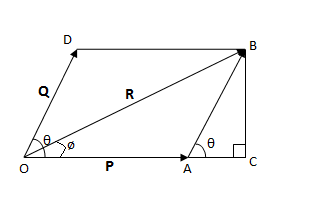
Parallelogram Law Of Vector Addition Mathstopia
If two vectors are represented in direction and magnitude by two adjacent sides of parallelogram then the resultant vector is given in magnitude and direction by the diagonal of the parallelogram starting from the common point of the adjacent sides.

Direction of resultant vector in parallelogram method. tan-1 146889 557536 56 This 56 angle is the angle between the resultant vector drawn in black above and the westward direction. When the two vectors are in the opposite direction then 180 o and cos 180 o 1 we have Thus when the two vectors are in the opposite direction the magnitude of the resultant is the difference of magnitude of the two vectors. For example take north as 10 direction and draw an arrow in the correct length.
For Combined Science Physics Olevel when constructing vector diagram a method called Parallelogram Method is commonly used. To find the resultant C of these two vectors complete the parallelogram with A and B as adjacent sides. Parallelogram Law of Forces states that if any two given forces acting at a point are indicated in magnitude and direction by the two contiguous sides of a parallelogram then their outcome is signified in magnitude and direction by the diagonal passing through the point where magnitude specifies the vectors size or quantity and direction specifies how the vector is directed from one location to another.
If adding two vectors eqvecu vecv eq graph both vectors on the coordinate plane with the initial points. Parallelogram law states that if two vectors are considered to be the adjacent sides of a Parallelogram then the resultant of two vectors is given by the vector which is a diagonal passing through the point of contact of two vectors. Solve for any two unknown quantities magnitude andor direction in a force vector.
Statement of Parallelogram Law If two vectors acting simultaneously at a point can be represented both in magnitude and direction by the adjacent sides of a parallelogram drawn from a point then the resultant vector is represented both in magnitude and direction by the diagonal of the parallelogram passing through that point. According to the parallelogram law of vector. Parallelogram Method is used when 2 forces are known and the resultant net force R can be found.
Examples to Explain in details how to find the resultant of two forces with angle between them using the parallelogram method. Resultant vector by parallelogram method. The direction of the resultant is the same as the two vectors.
The Parallelogram Law helps us to find the magnitude and direction of the resultant vector C which is the vector sum of two vectors A and B. Consider two vectors A and B passing through a point O. Methods for calculating a Resultant Vector.
Steps for Graphing a Resultant Vector Using the Parallelogram Method Step 1. Let two vectors P and Q act simultaneously on a particle O at an angle. In the figure P and Q.
Below show 5 different variations of questions when can be solved by using Parallelogram Method. Parallelogram Law of Vectors explained. They are represented in magnitude and direction by the adjacent sides OA and OB of a parallelogram OACB drawn from a point OThen the diagonal OC passing through O will represent the resultant R in magnitude and direction.
The head to tail method to calculate a resultant which involves lining up the head of the one vector with the tail of the other. The angle between them is . This video shows how to find the resultant force of two vectors using the parallelogram method.
The velocity is as actually a vector with a direction. We draw a parallelogram to help us find the resultant force. The directions of the vectors you can extract from the given direction.
Find resultant vector using parallelogram method. A Body has acceleration forces are. If you sketch this you will have a vector addition build a parallelogram of The boats speed vector and the water flows speed vector.
1- a A cleaver adventurer on a treasure hunt reads the following instructions from his map. Parallelogram Method We use the triangle law of vector addition and parallelogram law of vector addition for vectors addition of any two vectors. If two vectors acting at once at a point can be represented by the.
This video shows how to find the resultant force of two vectors using the parallelogram method. The parallelogram method to calculate resultant vector. This method involves properties of parallelograms but in the end boils down to a simple formula.

Addition Of Vectors Triangle And Parallelogram Law Of Vectors

Parallelogram Law Of Vector Addition Questions And Answers Tutor 4 Physics

Parallelogram Law Of Vector Addition Example Youtube

Vector Addition Parallelogram And Triangle Laws Videos And Examples
Vector Addition Spm Physics Form 4 Form 5 Revision Notes

Parallelogram Law Of Vector Addition Youtube
Vector Addition Ck 12 Foundation
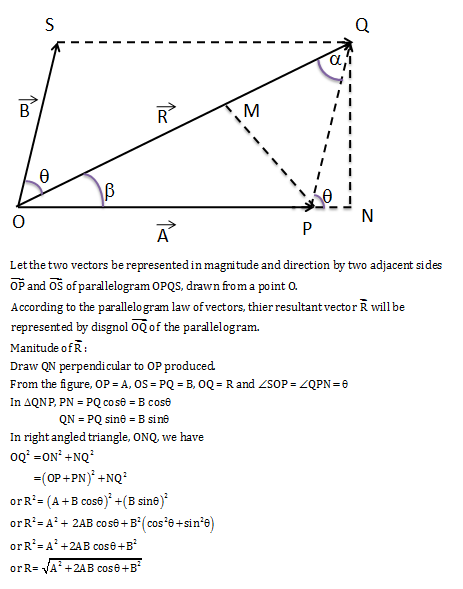
Discuss Parallelogram Law Of Vector Additionfind The Expression For Resultant Vector Using It Physics Topperlearning Com Ftvg944

Question Video Finding The Resultant Of Two Vectors Using The Parallelogram Method Nagwa

Find The Resultant Force Using The Parallelogram Method Youtube
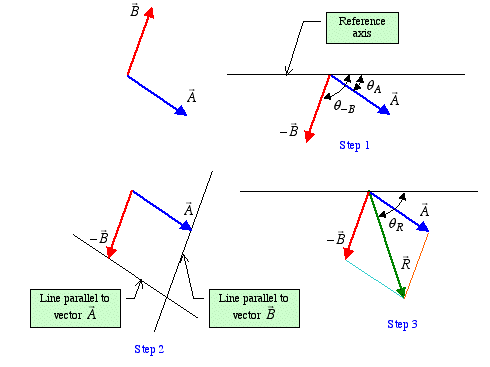
Vector Analysis Parallelogram Law
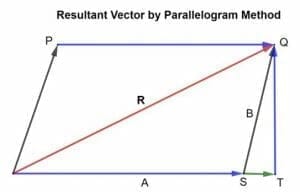
Resultant Vector Explanation And Examples

Parallelogram Law Definition And Proof

Step 4 We Determine The Resultant Vector By Using The Parallelogram Method By Drawing The Resultant Vector From The Common Tail Of The Tw Vector Diagram Scale
Adding Vectors Parallelogram Method Resultant Vectors Mathgotserved
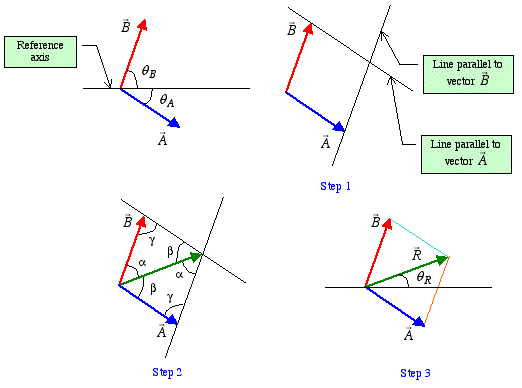
Vector Analysis Parallelogram Law

Vector Addition Parallelogram And Triangle Laws Videos And Examples

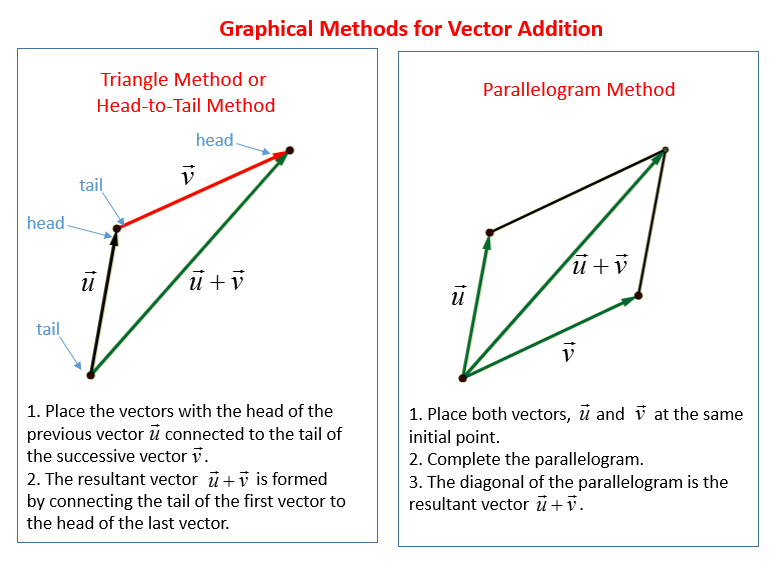

This information is very helpful, Thank You for sharing such valuable information with us.Gk for class 1
ReplyDeleteExploring the Direction of Resultant Vectors using the Parallelogram Method is fascinating! Can anyone recommend good schools near Yelahanka, Bangalore, where I can further delve into these mathematical wonders? schools near yelahanka bangalore
ReplyDelete